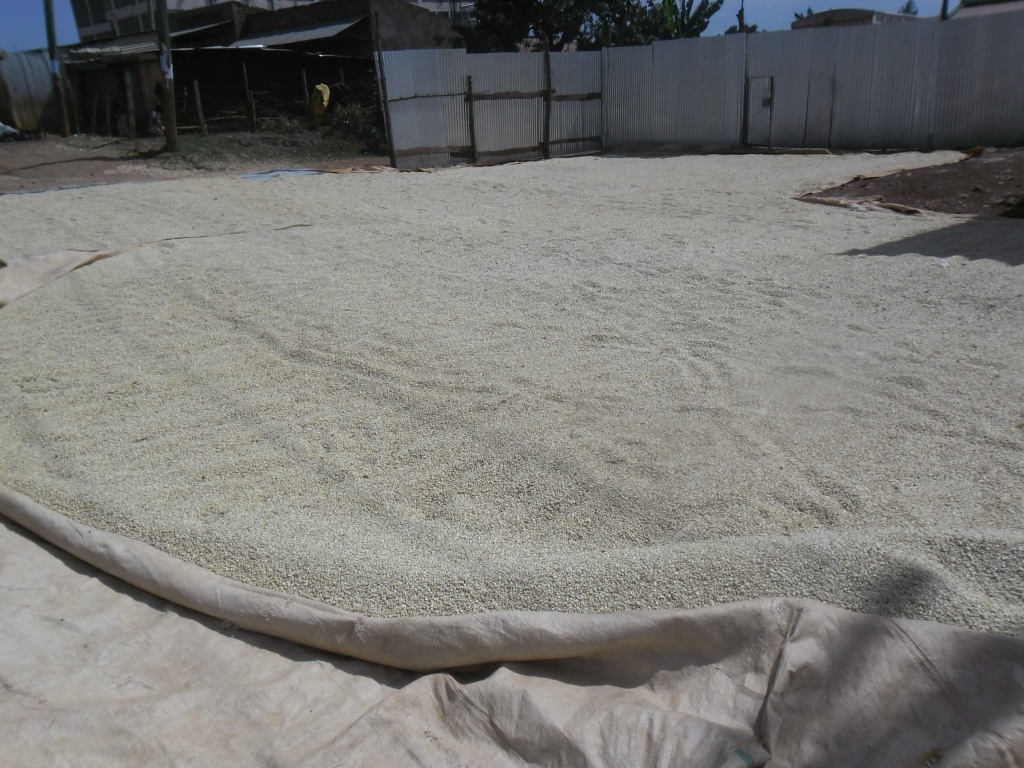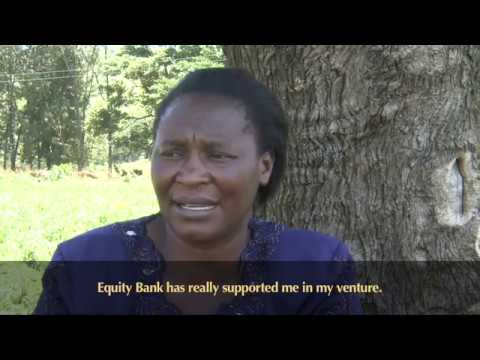
Significant volumes of farming produce are lost through after harvest operations; making farming an expensive venture./FARMBIZ AFRICA
By Titus Kisangau,
Communication Specialist.
Low-income; and often food-deficit countries have become concerned about the national food situation over the years. Whereas the proximate cause of this heightened concern is the surge in food prices, concerns continue for other reasons, such as the higher market-clearing price levels that now seem to prevail, continuing price volatility, and the risk of sporadic food shortages. And while persistent low productivity, difficulty in adapting to climate change, and inability to handle the burden of high food or fuel prices are the ongoing contributing factors in lower-income Eastern African countries, there is an additional but often-forgotten factor that exacerbates food insecurity: postharvest losses (PHL). These losses occur all along the chain from farm to fork, reducing real income for all consumers; as they devote a high percentage of their disposable income to staple foods.
Despite international focus on reduction of Postharvest food losses in developing countries dating back to the 1970s, the world seems to have forgotten the fundamental importance of Postharvest losses in the African Grain sector; evidenced by the abeyant FAO’s Prevention of Food Losses Program (World Bank, 2011) as emphasis shifts to “food security through economic liberalization and trade”.
Although grains constitute the basis for food security for the majority of the population in the region and are a central component in the livelihoods of smallholder farmers, significant volumes are lost through after harvest operations; making farming an expensive venture. It is reported that the region loses about 4-8% of grain during harvesting and field drying, 2-4% during transportation to homestead, 1-2% during drying, 1-3% during threshing, 1-3% during winnowing, 2-5% during farm storage, 1-2% during transportation to market, and 2-4% during market storage. This translates into a cumulative qualitative and quantitative loss of 14-31% from total production. Whereas quantitative post-harvest losses result into a direct loss of saleable weight, qualitative losses lead to a loss in market opportunity and grain nutritional value and may pose a serious health hazard of aflatoxicosis if linked to consumption of Aflatoxin-contaminated grain.
READ ALSO: African agriculture: who will own the future?
The fact that the causes of such losses are well documented as Bio-deterioration (attacks by rats, birds, and other pests; insect damage; and infestation by Aflatoxins), harvesting methods, handling procedures, drying techniques and moisture levels, filth and/or contamination, makes it easier to develop intervention strategies.
PHL reduction complements efforts to enhance food security through improved farm-level productivity, thus tending to benefit producers and, more specifically, the rural poor. While the cost of loss reduction needs to be evaluated, it is likely that promoting food security through PHL reduction can be more cost effective and environmentally sustainable than a corresponding increase in production, especially in the current era of high food prices.
READ ALSO: Proper drying of groundnuts saves farmers from post-harvest losses
With governments’, private sector, NGOs, and relief agencies’ programs efforts to promote structured grain trade, we can straightforwardly face and unravel this dilemma. There are concerted efforts to reduce post-harvest loss as reflected in the United Nation’s Sustainable Development Goals (SDG 12.3) and the Malabo declaration by the African Union’s heads of state. In both cases there is a commitment to halve the post-harvest losses from the current levels by the year 2030 and 2025 respectively.
Reduction of Food Loss is an important and viable strategy to ensure food and nutritional security in efficient and sustainable food systems. It has become even more critical as most countries appreciate the futility of increasing production (using limited resources) to make up for the lost food.
READ ALSO: Farmers tame post harvest losses with homemade innovations
The good news is that there are proven technologies and strategies to effectively reduce the post-harvest losses. However the technologies remain largely under-utilized due to various factors including lack of awareness; unaffordability; and lack of access due to limited distribution and emergent policy constraints
There are already proven interventions which have yielded positive results. Such programs are evident to have registered success in uplifting the profile of post-harvest loss reduction and if embraced, we can undoubtedly make the region an “African food basket”. It is therefore time to awaken in each one of us the spirit to face the PHL menace head on.


















